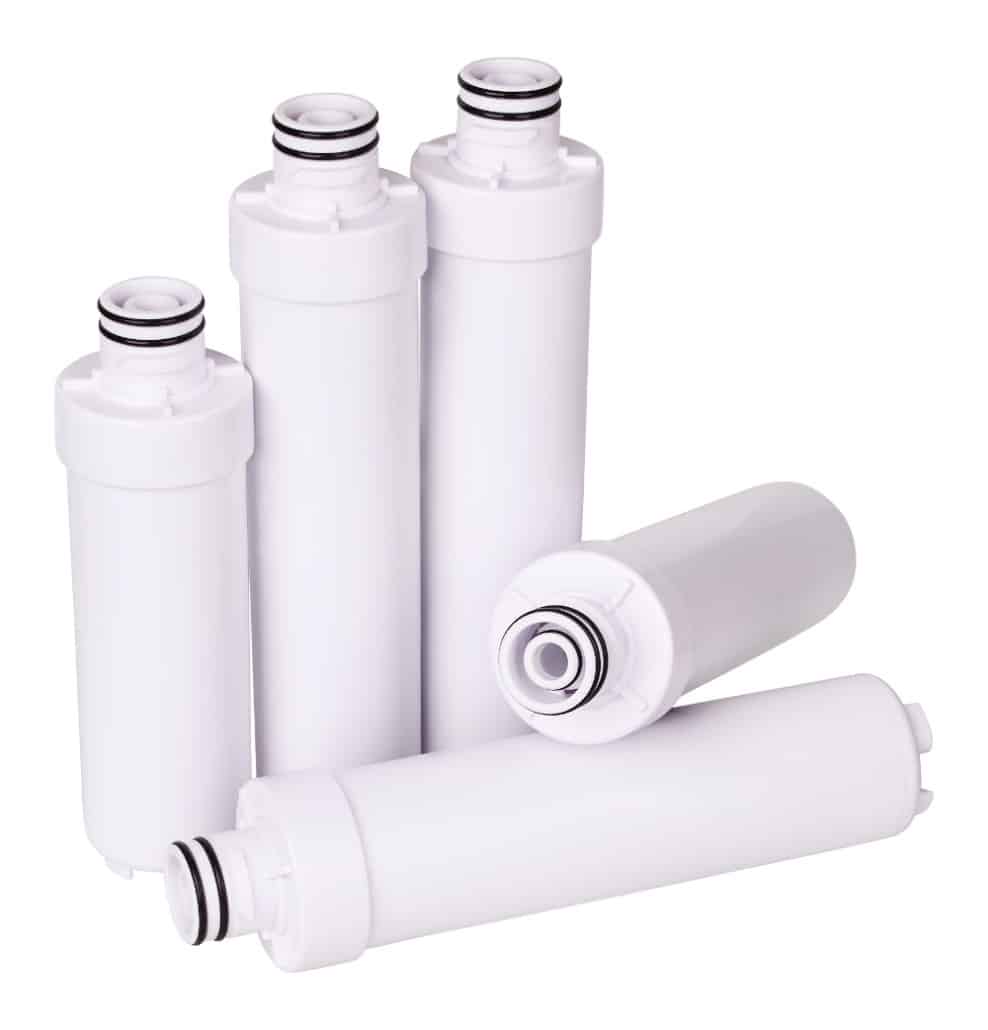Testing the integrity of sterilizing grade filters is not only a regulatory requirement but essential to safe and efficient pharmaceutical operations. Without integrity testing, downstream contamination, failure of equipment, and even worse —harm to end-users — is possible. These potential negative outcomes are why it’s vital to test filters before use.
There are three standard ways to test filter integrity. In this entry, we’re discussing the diffusion test, also known as a forward-flow test.
Hydrophilic vs. Hydrophobic Filters
It’s essential to differentiate between hydrophilic and hydrophobic filters to understand diffusion tests. Hydrophilic filters have membranes that attract water, while hydrophobic filters have membranes that repel water. Which filter you’re dealing with will inform your testing approach.
While diffusion tests are usually performed on hydrophilic filters, they are sometimes performed on hydrophobic filters. The process differs for both.
How Does a Diffusion Test Work?
A diffusion test applies a constant pressure of air on the upstream side of a filter saturated with liquid and measures the volume of air over time that diffuses through the filter. With hydrophilic filters, the liquid is water; with hydrophobic filters, the liquid is typically a mix of isopropyl alcohol and water. You can ensure the filter is intact if the volume measurement stays below a specific limit.
If you get a measurement that’s higher than your specified limit, it could indicate a couple of things, including the wrong pore size, incompletely wetted membrane, wrong temperature, non-integral membrane or seal, incorrect fluid type, and incorrect stabilization time.
Diffusion tests are occasionally applicable to smaller filters; however, the smaller filter’s low flow rate makes testing difficult, so it’s typically performed on larger devices. They are also very effective for testing asymmetric membrane filters and devices with multiple cartridges or capsules.
You can perform diffusion tests both manually and automatically. Manual testing requires the installation of a mass flow meter in the air line. The meter records a value after allowing the air flow rate to stabilize. This value is judged against the manufacturer’s specifications to ensure sterility.
Automated testing may be preferred if you need to test the integrity frequently. On par with the aim of Pharma 4.0, automated testing intends to remove human error, enhance integrity testing efficiency, and boost productivity.
View an image of a Forward-flow Diffusion Test here.
When Is a Diffusion Test Performed?
The FDA and GMP guidelines require pharma manufacturers to test filters for integrity before and after a production cycle.
What Are The Risks?
As mentioned previously, you typically perform diffusion tests on large systems. These large systems carry a higher risk that a passing diffusion rate could mask a minor breach in the filter membrane. With larger systems, the diffusion rate gets closer to the bulk flow rate created by a small, but potential breach in the filter membrane.
Have any questions regarding filter integrity tests? Our pharma qualification and validation experts are ready to answer.




